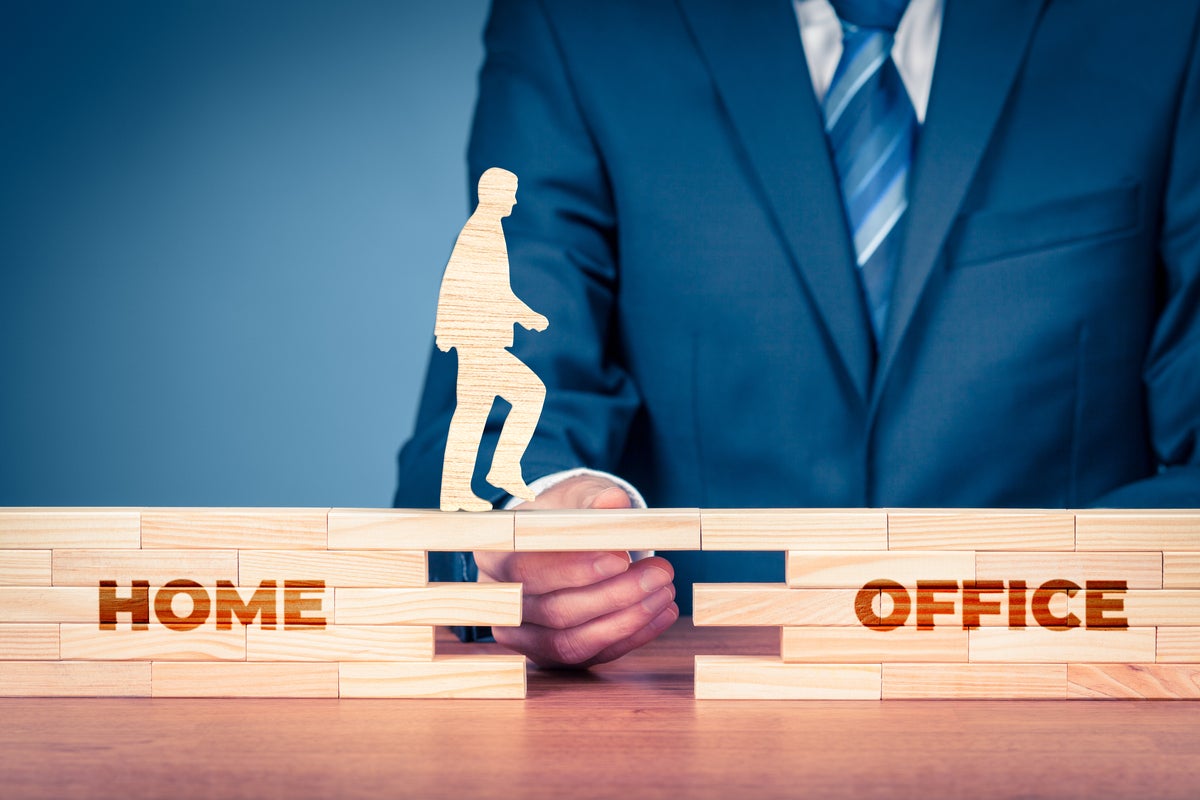When Bill Mandaria was a young architect decades ago, he would follow senior designers around his office to pick their brains to learn the profession.
“In architecture, and I’d imagine in a lot of other industries, what’s particularly important is the mentorship,” said Mandaria, now co-owner of Mancini Duffy, a Manhattan-based architecture and interior design firm with about 90 employees.
Mentorship, collaboration, and productivity, Mandaria argues, suffer in remote-work settings. So he began asking his employees to return to the office as soon as Manhattan would allow it during the COVID-19 pandemic – in June 2020.
“I don’t work from home at all. I like to be around people,” Mandaria said. ”Part of my job is to be a resource for people and to be there. If I’m sitting in my home office with my dog, my dog likes it, but that’s about it.”
Over the past year, it’s become clear that more and more industry leaders agree with Mandaria — and they’re requiring employees to get back into the office on average three days a week.
According to Kastle Systems, a provider of key fob security technology for 2,600 buildings in 47 states, the 10-city average occupancy rate on the company’s so-called Back to Work Barometer was 49.2% last week. While it was a slight drop from a week earlier when occupancy was at 50.2%, it remained close to the highest occupancy rate since March 2020. Additionally, every city on the Back to Work Barometer saw occupancy gains this year. (The Barometer includes cities such as Chicago, New York City metro, Dallas metro, Los Angeles and San Francisco.)
Kastle Systems
Kastle Systems data shows buidling occupancy rates steadily climbing over time.
Office desk bookings are also up, increasing 20% between January of June of this year, according to Robin Powered, a vendor of office scheduling software. Real estate firms, financial services companies, and educational institutions have led the drive for back-to-office policies, according to Robin.
Increasingly, executives are identifying large shares of remote work as a potential culprit for lagging productivity
Over the past two years, productivity has declined 1.9%, according to the US Bureau of Labor Statistics (BLS), “the sharpest two-year decline in over 75 years of recorded data.”
Studies have shown that most bosses believe remote work hurts worker productivity. A survey of 20,000 people in 11 countries by Microsoft this spring found that 85% of business leaders believe the shift to hybrid work has made it harder to have confidence that employees are being productive.
The change in productivity is in stark contrast to the pandemic, when it actually rose. Between the second quarter of 2020 and the second quarter of 2021, labor productivity increased by 1.8%, compared with an average annual increase of 1.4% from 2005 to 2019.
Bill Mandaria
Bill Mandaria in his Manhattan office. In 2022, the company moved into a new…
2023-08-02 06:00:03
Article from www.computerworld.com rnrn
